15 July – 12 August 2018
I have done quite a bit of traveling with this internship, which I find to be both exciting and troubling. This suburban Midwestern gal has meandered through the wild lands of Idaho, Wyoming, Nevada, and Utah in the past three months. It’s been neat to discover various pieces of so many states in such a short time, but I am deeply conflicted by the amount of traveling this job requires. In all honesty, I find this internship to be a bit of a paradox. I understand climate change to be one of the reasons this internship exists: as the frequency and intensity of wildfires increase in the Western United States, it’s even more important to have a bank of diverse and native seed available for the restoration of the sagebrush steppe. (I have recently learned a “steppe” is a large area devoid of trees.) Despite this, I find it difficult to justify the amount of fossil fuels I must burn in order to accomplish my job. Sometimes I spend one-third to one-half of the work week in a vehicle. My ability to justify my gas-guzzling activities is only complicated when the areas I visit do not have large enough plant populations to collect seed from.
My frequent traveling began in mid-July, when I had the privilege of working with the region’s range crew. I was working with four men to monitor sites in the Curlew National Grassland for the control of leafy spurge (Euphorbia esula), a noxious weed. We were assigned the task of returning to sites where beetles (Oberea erythrocephala and Apthona spp.) and sheep have been used to control leafy spurge. We had 12+ year-old photos of the habitat and the occasional GPS coordinates (which we soon learned were not very accurate…) to guide us to the sites, complete vegetation surveys and take some more photos. It was pretty dang cool to look down at a photo from 2006 showing a sea of leafy spurge and look up at the exact same landscape in 2018 and find very few leafy spurge plants. I guess the sheep and beetles have been doing their job. My favorite part was using sweep nets to scoop up and count the spurge-eating beetles. My least favorite part was the 4 hours of driving each day.

If it weren’t for biocontrol, this habitat would likely be a sea of yellow, due to the aggressiveness of leafy spurge. The yellow you see here is primarily from yellow rabbitbrush (Chrysothamnus viscidiflorus).

Oberea erythrocephala bores into the stems of leafy spurge; the Apthona spp. (not pictured) consume the leaves of the plant.
As the end of July rolled around, my Seeds of Success project began to get into full-swing and that’s when some serious traveling began. I have spent quite a bit of time working with a crew from the Rocky Mountain Research Station in Boise, which included Allison Buiser – another CLM intern! It’s always great to have company. Since I have been hunting wildflowers in Idaho, Wyoming, Nevada, and Utah, I have encountered cattle and sheep herds on the move, visited some neat geological areas like Balanced Rock and Little City of Rocks, traveled straight through the Humboldt National Forest in one day (possibly because of a missed turn…), climbed many slopes covered in loose rock, and even started dreaming about some of the species I need to collect seed from.

Machaeranthera canescens – one of the species I need to collect for Seeds of Success. I think this plant is cute, but it has haunted many of my dreams…

Several hundred sheep, seven dogs, two horses, and two shepherds creates a bit of a traffic jam on a Forest Service road. There were no casualties though!

Allison (right) and me (left) cheesin’ at Balanced Rock – we thought it looked like such a happy rock!

Little City of Rocks was an exciting place to explore. What do you see in these rocks?

Some 17-year-old gazetteers helped Allison and I navigate through the Humboldt National Forest. Kind of…

When Allison and I took a lunch break in the Humboldt National Forest, I couldn’t resist splashing into the stream. It had been so long since either of us had worked near a body of water.
There have been many disheartening days where I have not found any of the plants I am looking for. However, I usually finish the week with at least one population to collect seed from, which is definitely better than nothing. And while I am not fond of the amount of gas I burn in order to travel to all these sites, I am still excited to have been so many new places in such a short time.
Cheers to more adventures!
Shannon
USFS Idaho Falls, ID

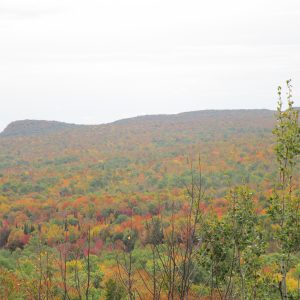
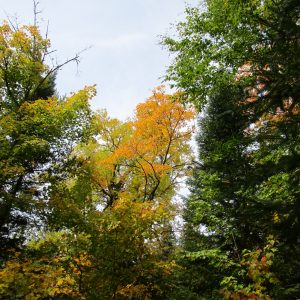
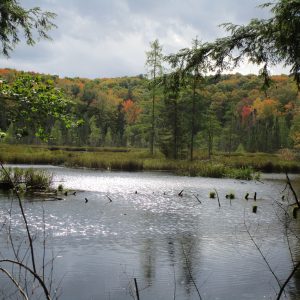


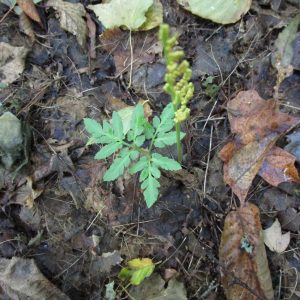
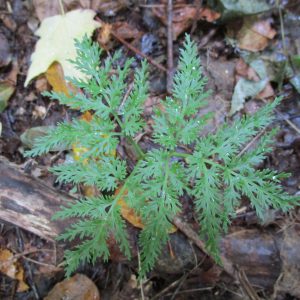
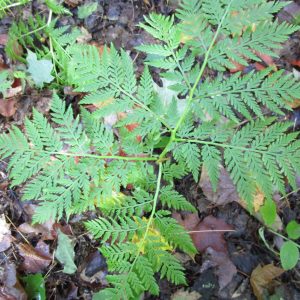





 Sunset on some cottonwoods behind my house
Sunset on some cottonwoods behind my house Exploring Canyons of the Aincients National Monument
on our way back home from the field
Exploring Canyons of the Aincients National Monument
on our way back home from the field Driving towards Independence Pass on the way to the
Maroon Bells-Snowmass Wilderness
Driving towards Independence Pass on the way to the
Maroon Bells-Snowmass Wilderness My backyard featuring way too many peaches
My backyard featuring way too many peaches Morning Mate with a view (Somewhere in Utah)
Morning Mate with a view (Somewhere in Utah)













